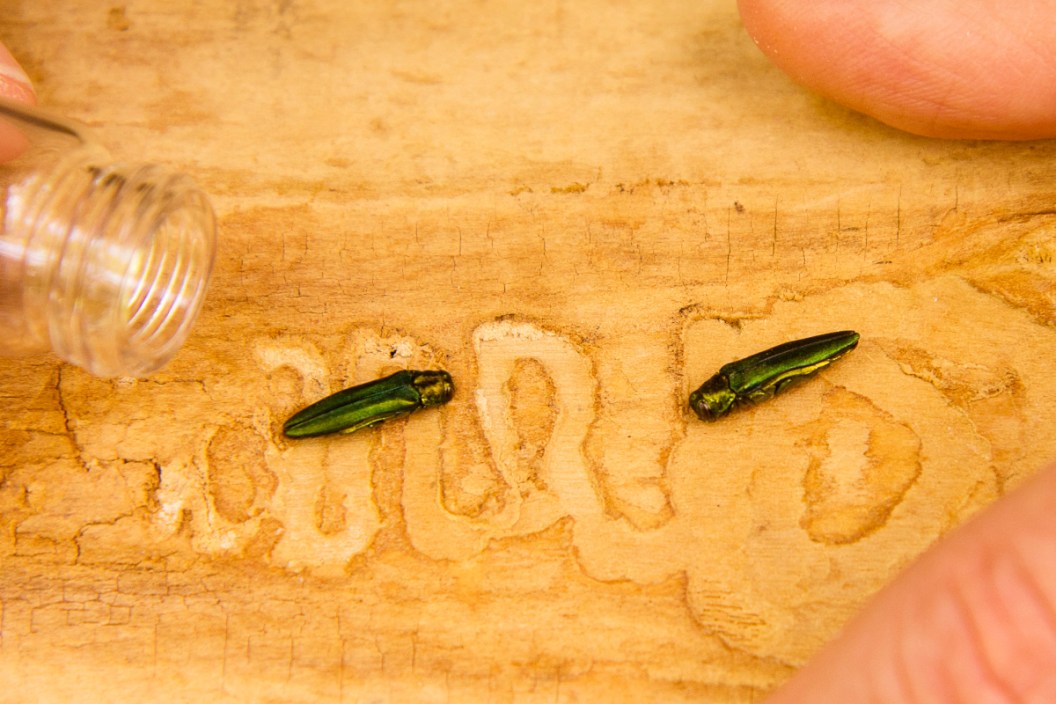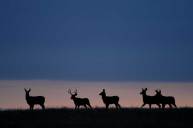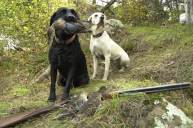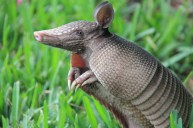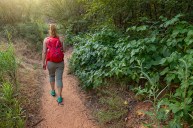The emerald ash borer is the main reason why you can't move firewood anymore.
If you have camped in certain parts of North America in the last twenty years, you have probably noticed lots of signs warning against the moving of firewood. These warnings are especially prevalent on state- or federally-owned lands. In some places, you may have even had a park ranger or a conservation officer ask you if you possessed any wood that you transported from somewhere else.
Have you ever wondered what that was all about? There may be a handful of reasons, but the main one involves a little invasive beetle and the health of the invaluable trees in some of our favorite wild places.
Here's everything you need to know about the pest known as the emerald ash borer, and how you can do your part to help stop the spread of this invasive species.
What is the emerald ash borer?
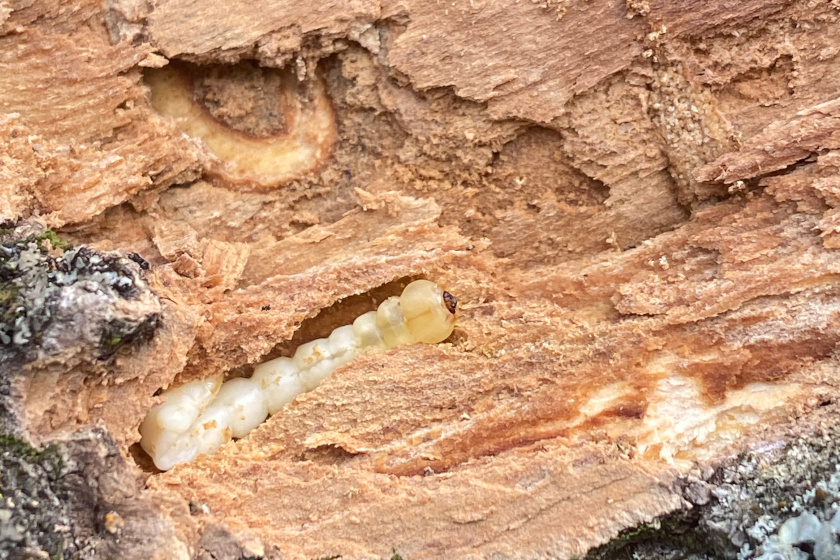
Getty Images: Newsday LLC
The emerald ash borer, or Agrilus planipennis as it is known in scientific circles, is a small species of wood boring beetle. However, the EAB is not a North American species; it is native to parts of Asia, mainly China.
The adults are not very big, reaching only a few centimeters in length. They have a brilliant, metallic green sheen, hence the name. The adult beetles themselves are not that harmful. They only live a few weeks and chew on the leaves of trees for food, but they cause relatively little damage compared to their young.
That's because when this species reproduces, the female lays her eggs in crevices in the bark of trees, usually ash trees. When the young beetles hatch, they start life as larvae. The larvae will then bore its way through the inner bark of the tree, feeding on it along the way.
Unfortunately for the tree, this causes a severe amount of damage. According to Michigan State University, the feeding disrupts the tree's ability to transport the water and nutrients it needs to survive. This tunneling of the larval beetles causes a slow girdling of the tree, which makes the bark fall off, eventually killing the tree.
In places where this beetle is native, most of the trees have evolved defense mechanisms against the emerald ash borer. The trees there are not immune, but they are better prepared to deal with the threat. Here in the United States, our trees had never experienced this bug's impact before and were utterly unprepared to deal with this threat.
It's gotten so bad that the U.S. Department of Agriculture warns that all 16 species of ash trees and the white fringetree are at risk from the EAB larvae. To the point there are legitimate concerns that ash trees could go extinct in the United States and Canada because of this bug.
How did the emerald ash borer get here, and where have they been detected?
The USDA and most other wildlife agencies believe the current emerald ash borer infestation was caused by accident. It's most likely the beetles hitched a ride over here in wooden packing materials shipped here from Asia.
It's not known exactly when this might have happened. Estimates range from the 1980s to the early 2000s.
We do know that the species was first identified in infested trees near Detroit, Michigan in 2002. Unfortunately, the bugs took an immediate liking to the various ash species we have here, especially green ash and black ash.
It didn't take long for the beetles to spread like wildfire. In some areas, shortly after detection, these bugs completely devastated whole forests and killed every ash tree in the area. Today, the USDA has identified infestations in at least 30 states. Those include:
- Alabama
- Arkansas
- Connecticut
- Colorado
- Delaware
- Georgia
- Illinois
- Indiana
- Iowa
- Kansas
- Michigan
- Maryland
- Louisiana
- Massachusetts
- Minnesota
- Missouri
- Nebraska
- New Hampshire
- New Jersey
- New York
- North Carolina
- Ohio
- Oklahoma
- Pennsylvania
- Tennessee
- Texas
- West Virginia
- Virginia
- Wisconsin
You may have seen signs asking campers to not move firewood in states other than these. That's mostly because government agencies are trying to keep the problem from spreading any further. The larvae or eggs can hitch a ride to a new area in firewood, wood products, packing materials, and even tree trimmings or debris.
What can you do to help protect trees from emerald ash borer?
By this point we know that all those firewood moving bans are there to keep the larvae from being transported to a brand-new area. It's generally a good idea to always keep your firewood from your area at home. Commit to buying local firewood when you get to a new area, because it's better than spreading infected wood around. It might be tempting to throw some into the storage area of your RV, but the best thing for forest health is to leave it where you found it.
In fact, there's a whole website called Don't Move Firewood that is full of helpful tips on how you can help. They also have a map that links to specific regulations on the moving of wood for each state and Canadian province. In Michigan for example, they recommend buying firewood within 10 miles of where you plan to burn it. Generally, the closer to your campsite you buy the firewood, the better.
Homeowners are asked to closely monitor the trees on their property for exit holes and other signs of a EAB infestation. If you are planning on buying nursery stock trees to plant on your land, the USDA recommends asking where it came from. Larvae have been known to spread in this manner.
Some areas are under strict EAB quarantine and may have laws in place prohibiting the moving of all wood no matter what you're using it for. You could find yourself getting a fine from a conservation officer if they learn you brought in wood from outside the county or state. More than one casual camper has been surprised by a ticket like this, and even though they're ignorant to the rules, it's their fault for not knowing. State and national park rangers are compelled to watch for these things, and there's no sense in trying to hide it.
In the end, the emerald ash borer is just one of several troublesome species that can spread via firewood. Other species of concern include the gypsy moth, Asian longhorned beetle, and mountain pine beetle. Plus, there are several forms of tree disease that can spread in various ways.
It may be a pain to be forced to buy firewood everywhere you go, but there's a good reason for it. The preservation of the forests we all know and love for our hunting, fishing, and camping activities is worthwhile, and protecting them from the emerald ash borer has become seriously important.
For more outdoor content from Travis Smola, be sure to follow him on Twitter and check out his Geocaching and Outdoors with Travis YouTube channels.
NEXT: 6 BEST COMPACT CAMPING GRILLS OF 2022: GAS AND CHARCHOAL OPTIONS
WATCH
